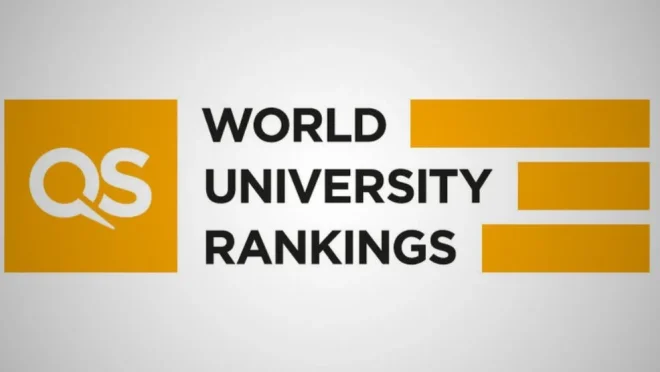Exploring educational paradigms: Bangladesh vs top QS-ranked universities
Exploring educational paradigms: Bangladesh vs top QS-ranked universities

“The main hope of a nation lies in the proper education of its youth” Desiderius Erasmus Roterodamus, 15th century educationist and philosopher.
This quote is enough to make us understand the importance of education in our lives. There is no doubt that education is the oxygen that we need to make the nation a better place.
So how is the education paradigm of our very own country? Is it going through a positive or negative shift? The shifting of a paradigm of a country’s education needs time, proper planning, dedication and investment. Let’s dive into the education scenario in Bangladeshi universities and how it is compared to the top notch universities in the world.
Challenges in Bangladesh’s education system
Quality of education
One of the primary challenges is the quality of education. While access to education has increased, the quality of learning remains static. Many students don’t even have the foundational skills, particularly in reading, writing, and speaking.
High dropout rates
High dropout rates, especially at the secondary level, and significant disparities in educational opportunities between urban and rural areas further exacerbate the situation.
Disparities
The socio-economic condition of the mass population of this country is so diverse that ensuring equal opportunity becomes very tricky. Thus, it creates disparity. Moreover weak infrastucture, distance between urban-rural communities increases the disparity.
Lack of resources
There is an evident lack of resources. Especially in the teaching and learning front. Many teachers lack adequate training in modern pedagogical techniques and the use of technology in education. This gap affects their ability to deliver effective teaching and instruction.
How the top QS-ranked universities do it
Focus on research and innovation
Top QS-ranked universities, such as those in the United States, the United Kingdom, and Australia, place a strong emphasis on research and innovation. Institutions like the Massachusetts Institute of Technology (MIT), Stanford University, and the University of Oxford have robust research programmes that drive advancements in various fields.
In contrast, research output in Bangladeshi universities is relatively low, and there is a need for greater investment in research infrastructure and funding
Proper curriculum and student-led approaches
Leading global universities continuously update their curricula to reflect the latest developments in their fields and incorporate innovative teaching methodologies. They often employ a student-centred approach, fostering critical thinking, creativity, and problem-solving skills.
Bangladeshi universities, on the other hand, tend to follow more traditional, lecture-based teaching methods, which can limit students’ engagement and their ability to apply knowledge in real-world scenarios.
Use of technology
Technology integration is another area where top universities excel. They utilise advanced technologies, including artificial intelligence, to personalise learning and provide students with tailored educational experiences. This helps in catering to individual learning styles and paces, thereby enhancing educational outcomes.
While Bangladesh is making strides in digital education, there is still a significant gap in the widespread adoption and effective use of educational technologies
Pathways for improvement
Increasing investment in teacher training
To address these challenges, Bangladesh needs to invest heavily in teacher training programmes that focus on modern pedagogical skills and the effective use of technology in the classroom. This will enable teachers to deliver high-quality education that meets contemporary standards and student needs.
Enhancing research capabilities
Increasing investment in research is crucial. Establishing partnerships with top global universities can help Bangladeshi institutions enhance their research capabilities and output. Creating more opportunities for collaborative research and providing adequate funding and resources will drive innovation and academic excellence.
Updating curricula
Updating and modernising the curriculum to include the latest knowledge and skills required in the global job market is essential. Incorporating practical, hands-on learning experiences and promoting critical thinking and problem-solving skills will better prepare students for future challenges.
Leveraging technology
Expanding the use of technology in education is imperative. Developing robust digital infrastructure and ensuring equitable access to technology for all students, regardless of their socio-economic background, will bridge the existing gaps and enhance learning outcomes.
Fostering inclusivity and reducing dropouts
Implementing targeted interventions to support disadvantaged students and reduce dropout rates is vital. This includes providing financial assistance, creating supportive learning environments, and ensuring that all children have access to quality education, regardless of their location or background.
Undoubtedly Bangladesh has made significant progress in improving the condition of education, but significant challenges remain in ensuring quality and equity. The journey might be long and tough. However, by learning from the practices of top QS-ranked universities and addressing the identified gaps, Bangladesh can build a more robust and effective education system.


